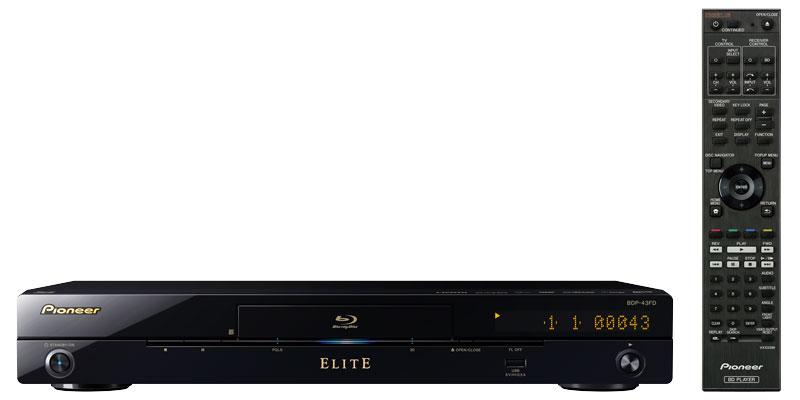Will Apple Kill Custom? Page 2

Ubiquitous YouTube
My guess is that most people will use AirPlay to stream Internet-based media from their iPhones and iPads to their TV sets. They'll find an online video and stream it to their TV set via Apple TV so they can share it with friends and family.
As a Sound+Vision reader, you know there are already lots of TVs and Blu-ray Disc players that access YouTube and other Internet-based video services, so you might wonder why AirPlay would be necessary here. But there's a world of difference in the general public's level of comfort with the often-clunky interfaces of consumer electronics products and the iOS interface running on Apple portable products. Even Internet Explorer is easier to use than most CE products.
Case in point: During a recent visit from my parents, I set up an Internet-connected Blu-ray Disc player so they could watch YouTube and Netflix on my 57-inch LCD TV. Although they're quite comfortable accessing video on their computers, they shied away from using my Blu-ray Disc player's Internet capabilities even after I gave them a tutorial. They always asked me to do it for them.
As Pioneer executive vice president of sales, marketing and product planning Russ Johnston recently put it, "The iPod, the iPhone and the iPad have become the source of entertainment." If he's correct-and I think that at least for a certain percentage of the population, he is-AirPlay should gain many millions of users in the coming years, especially as AirPlay compatibility is built into more consumer electronics devices.
How will this video streaming capability affect the multiroom audio/video business? Not at all. Their products don't do this. There's a market battle taking place right now, but that's between TVs (and the cable companies that supply their content), Internet-capable Blu-ray players and connected receivers, and specialized digital media receivers.
- Log in or register to post comments




































































